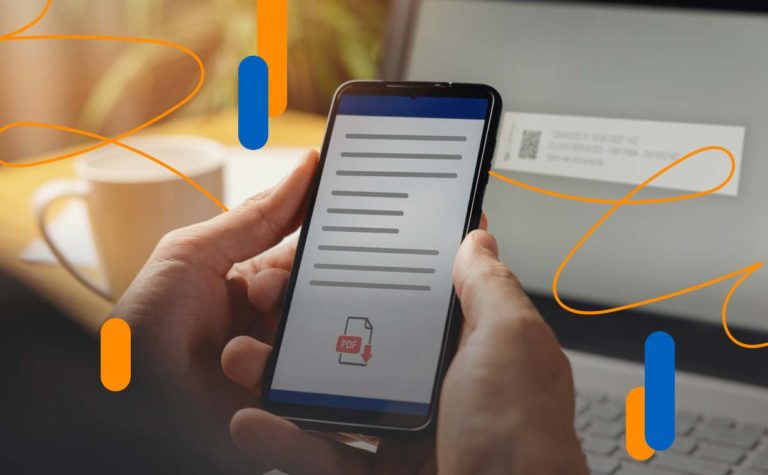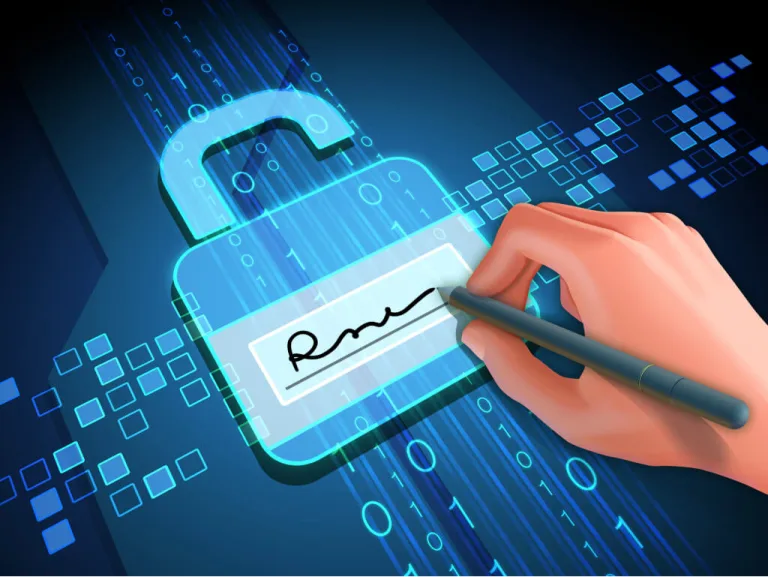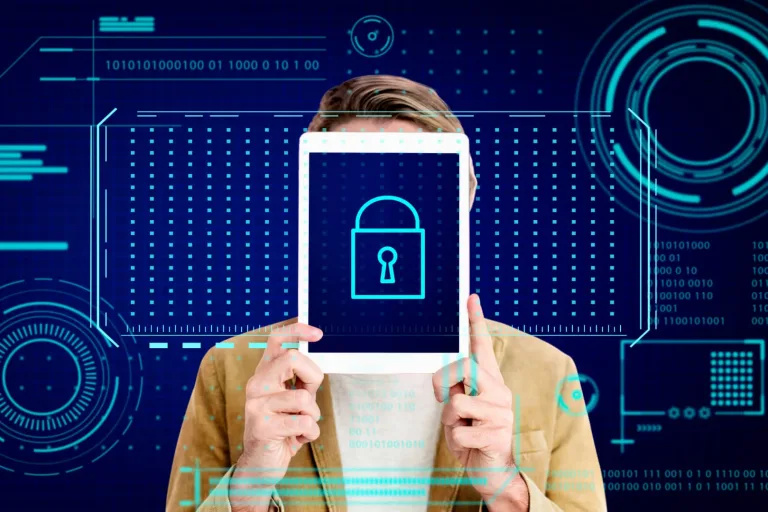Protecting digital identity is a necessity that an increasing number of people are taking into consideration. In fact, according to the latest Unisys Security Index, 69% of the population is more concerned about digital identity theft than the possibility of suffering a physical accident, national security issues or a natural disaster.
To know how to defend our digital identity, we first need to know exactly what it consists of, how it works and what the current trends are in terms of attacks. All this so that we can finally provide a series of tips that will allow us to work with it in a more secure way.
What is digital identity?
We understand digital identity to be the set of characteristics that allow the information it contains to be associated with a person in the physical world. It is made up of a multitude of attributes, which may be precise and exclusive personal data, not common information shared by thousands of people, such as place of residence. Currently, a combination of both is used through management based on digital signatures, certificates and cryptographic devices, and dynamic management that uses different data sources for identification.
This combination of management models ultimately crystallises into a system based on the following elements:
- Something the person knows, such as a password.
- Something the person has, such as an ID card.
- Something the person does or is, such as biometric data.
Main attacks on digital identity
Digital identity can be compromised by a number of malicious agents that must be kept in mind when performing any cyber activity. Among the main threats to your digital identity, we can highlight the following:
- Phishing. Techniques used to trick users into providing valuable financial or personal information. This is reflected in Microsoft’s 2019 Security Intelligence Report, which shows that 0.7% of the emails studied contained phishing, compared to 0.49% the previous year.
- Malware. Malicious software that is usually installed on the device without the user’s prior permission. Its purpose is to steal sensitive information, such as bank details, passwords or any other type of sensitive material. Some types of malware also block the device or its data in order to demand a ransom for their release.
-
Data kidnapping for ransom. On the other hand, we have data kidnapping for ransom, which reached 0.02% in 2019, while in 2018 it was 0.11%. These events have a greater incidence in emerging countries in Latin America, Africa and Asia, with their occurrence in more developed economies being almost negligible.

6 Measures to protect your digital identity
Now that we know what digital identity is, how it is managed and why we need to protect it, here are some tips on how to do so.
Do not use open Wi-Fi networks, or use them with great caution
Many people are in the habit of connecting to the internet via free wireless networks available in cafés, on public transport and in many other places. Although this may seem like a great advantage, it is not recommended in terms of cybersecurity if you want to protect your digital identity, as these networks do not usually have WPA or WEP encryption, which means lower security standards.
If you have no choice but to do so, try to access websites that use a secure HTTPS (Hyper Text Transfer Protocol Secure) protocol, where the website information is encrypted.
Ensure your software is up to date
Hackers often exploit security loopholes in different applications and operating systems. Therefore, to protect your digital identity, it is crucial to have the latest versions of these installed.
However, there are free applications that, always with the user’s authorisation, collect information on their consumption, either for their own improvement or to sell it to a third party. That is why we must weigh up whether, in terms of our privacy, it is in our interest to use them or whether it is worth resorting to paid tools.
Increase the security of DNS servers
The Domain Name System (DNS) is responsible for translating a web address domain into the IP address where it is hosted, which contains sensitive information about addresses and names. It is therefore advisable to have few DNS services, preferably two (one for service and one for backup). This gives you greater control over them.
Currently, DNSSEC (Domain Name System Security Extensions) is being implemented in many DNS services. This makes it much more difficult to modify the data hosted on these servers.
Password management
A password is the most traditional way to protect your digital identity. When setting a password, there are security measures pre-established by the service administrators themselves, such as a minimum length or the requirement to use lowercase letters, uppercase letters or numbers. But we can also adopt other habits on our own, such as:
- Make them long and complex, as they will be more difficult to steal, but not too complex, as they will be more difficult to remember.
- Do not use the same password for different sites.
- Do not include the name of the service we are going to use in the password.
- Do not use personal information for the password.
- Use a password manager, as this will allow you to access all services with a single password, which must be extremely secure.
Use of tokens
Verifying identity using tokens is something we already do quite regularly. For example, when we make a purchase online with our credit card, we are usually sent a code to our mobile phone or email address so that we can verify the purchase.
At Viafirma, we use tokens in our solutions. An example of this is their creation to authenticate us when using a digital certificate in our centralised signature tool. In this case, we are referring to SMS tokens and email tokens.
Two-factor authentication
One of the key actions for robust authentication is to add a double layer of security. This is based on entering at least two identification factors to access a digital service. These include the aforementioned tokens, which would fall into this classification as something the user has.
Digital protection starts with a secure identity
At Viafirma, we have solutions that include measures to strengthen digital identity security, while complying with current legal frameworks and offering services that focus on user convenience and efficiency. If you believe that these solutions can help you carry out your online transactions with greater peace of mind, please do not hesitate to contact us.



